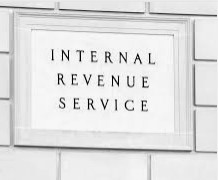
The Internal Revenue Service today began its “Dirty Dozen” list for 2021 with a warning for taxpayers, tax professionals and financial institutions to be on the lookout for these 12 nefarious schemes and scams.
This year’s “Dirty Dozen” will be separated into four separate categories:
- pandemic-related scams like Economic Impact Payment theft;
- personal information cons including phishing, ransomware and phone “vishing;”
- ruses focusing on unsuspecting victims like fake charities and senior/immigrant fraud; and
- schemes that persuade taxpayers into unscrupulous actions such as Offer In Compromise mills and syndicated conservation easements.
The agency compiled the list into these categories based on who perpetuates the schemes and who they impact. In addition to today’s scams the IRS will highlight the other schemes over the next three days.





























Recent Comments